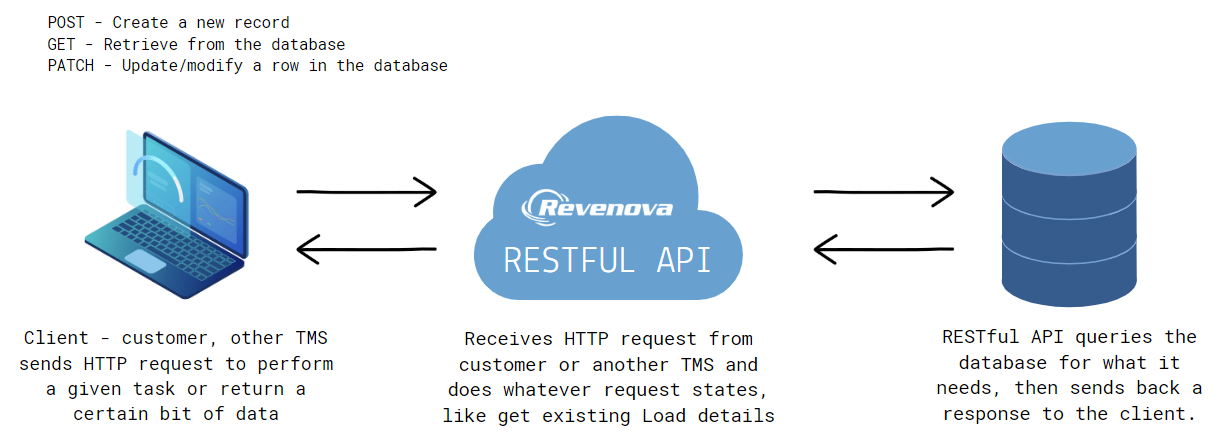Overview
The Revenova TMS supports direct, API-based integration to the following Carriers, Load Boards, FMCSA, advance payment, load tracking, EDI transaction processors, map/miles data providers, and more.
Integration Setup & Best Practices
Set the Enabled flag appropriately for each record.
Disable APIs you are not using.
Set the Test Mode flag to unchecked when finished testing.
Enter the credentials you were provided. Note that the default, dummy values indicate which fields are required for each API. Leave the dummy values for APIs not in use.
Click the Save button in the section you are working on.
Note that DAT, Transcore, and Truckstop credentials are user-specific. Clone the original record and select new users, as needed, to enter additional DAT and Truckstop credentials.
Verify that Remote Site Settings are present for each API you are using from Setup → Security → Remote Site Settings.
From TMS Admin → Credentials, populate the Vendor field for use with Worldwide Express, or any of the direct LTL API connections.
What is API? What is RESTful?
RESTful API stands for Representation State Transfer Application Programming Interface. It is a way for different software systems to communicate with each other over the internet. Here’s how it works: When two systems need to exchange information, one system makes a request for data from the other system using the RESTful API. The API then retreives the requested data and sends it back to the requesting system. In the case of Salesforce, offering a RESTful API means that other system can use it to acces and manipulate Salesforce data. For example, a front-end customer portal or another TMS system could use the API to retreive Get the details of an existing Load or RateIQ data for a given lane and mode from Revenova and display it in their own system.
